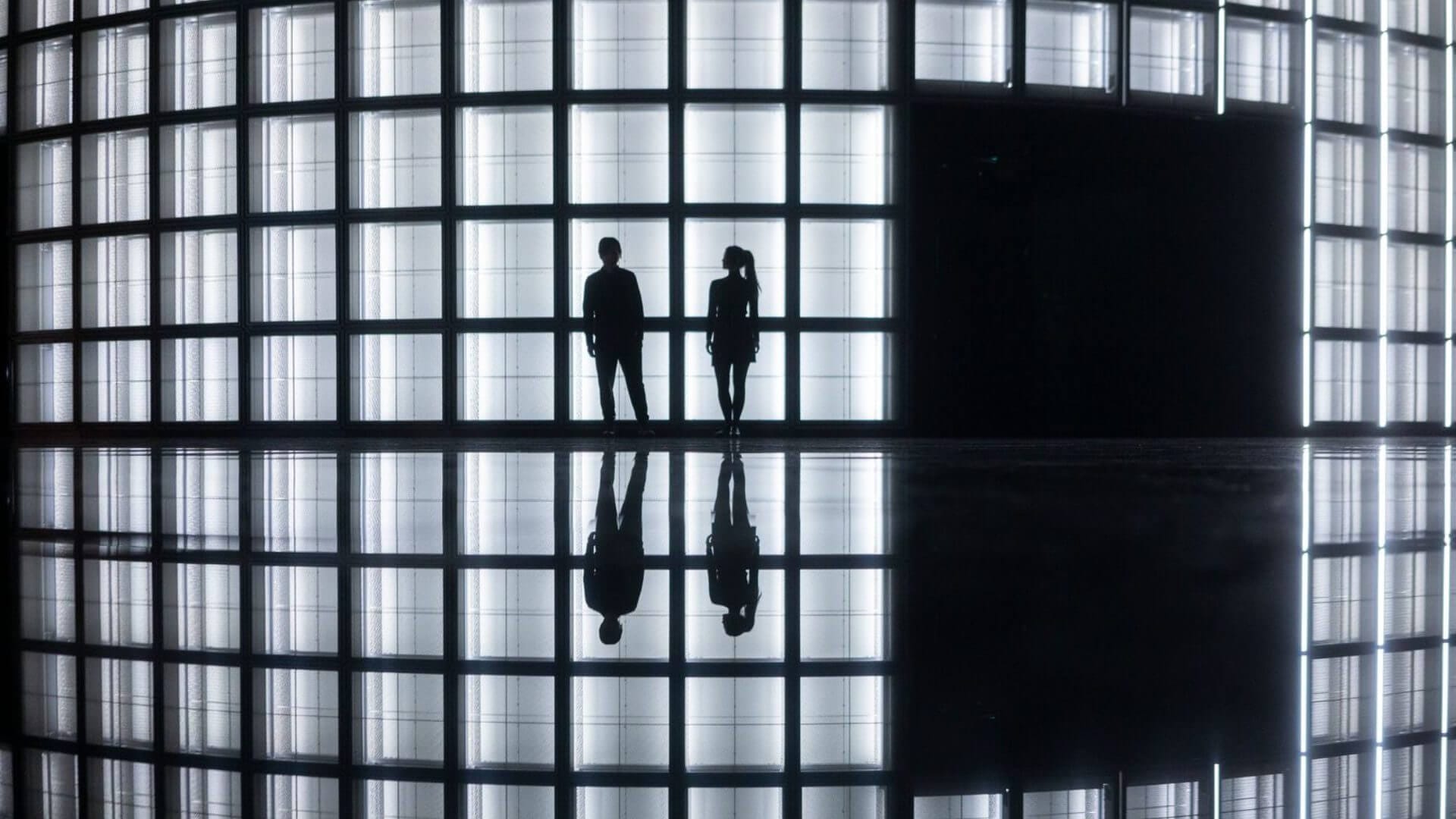
Fakewhale STUDIO: A New Imaginary
Every work, every action, and every word we express are the products of accumulated knowledge and past experiences. This seemingly simple principle reveals a fundamental truth: nothing we consider new is truly devoid of roots in the past. Every idea, every concept, every creative form that emerges is the result of a complex interaction between what we already know and what we are able to synthesize from this knowledge.
Analyzing this phenomenon in more rational terms, we can observe that innovation is not an isolated act but rather a process of evolution. Every new creation is intrinsically linked to existing patterns, models, and structures. These preexisting elements form a sort of matrix that conditions and guides our ability to create something new. Therefore, there is no real discontinuity between the past and the present; instead, there is a continuity that manifests through the transformation and adaptation of existing knowledge.
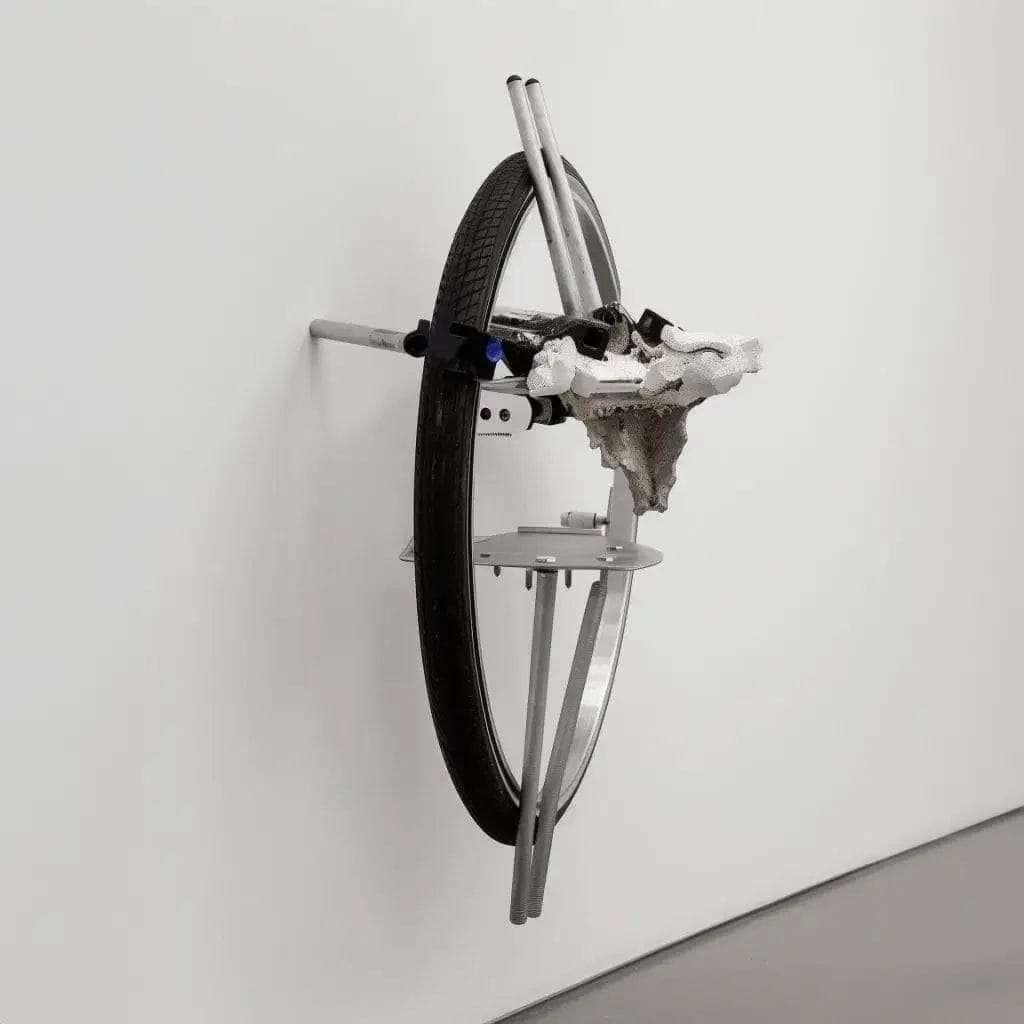
In this context, art, writing, and every other human practice can be understood as expressions of a progressive synthesis. Every creative act is, in effect, a process of reworking, where known elements are combined in new ways to generate seemingly original results. This process is driven by a constant interaction between past experience and the human ability to imagine new possibilities.
From a theoretical standpoint, one might argue that the idea of a completely original creation is, in a sense, an illusion. What we perceive as new is actually a new configuration of preexisting elements. Thus, every innovation is the result of a complex network of influences, knowledge, and patterns that intersect, creating a continuum between the old and the new.
Generative artificial intelligence, especially in the realm of image creation, represents a technology that replicates, in an essentially technical manner, the human creative process. The algorithms that generate new images operate by processing vast amounts of pre-existing data (images, styles, models), which are used to train the underlying algorithms responsible for creation. This process is not unlike the mechanism described earlier: nothing is created ex nihilo, but rather, it is the result of a synthesis of already existing information and patterns.

It is important to emphasize that these creations, although they may appear original, are closely tied to the data used to train the model. The algorithms do not possess creativity of their own (in the human sense of the term), but operate according to precise mathematical rules that determine how to manipulate and synthesize the inputs. This process, while sophisticated, is inherently limited: artificial intelligence generates new variations and solutions, but always within the boundaries imposed by the initial data and the programmed instructions (which define the space of possibilities).
This approach, though more technical and less emotional compared to the human creative process, is no less valid. In fact, the strength of artificial intelligence lies in its capacity for processing and synthesis, which increases proportionally with the amount of available data. The more data provided, the greater the model’s ability to generate complex and diverse solutions (a process we might compare to the human ability to assimilate knowledge from multiple experiences and contexts, albeit in a less flexible and less emotionally nuanced way).
That said, the process differs substantially from the human experience of creation. A human being, during the creative act, does not merely rework information; human creativity is immersed in a complex interplay of experiences, emotions, intuitions, and sensory stimuli that continuously interact (a phenomenon that goes beyond simple data synthesis). Every creative choice is the product of a dynamic process, influenced by a constant and varied accumulation of experiences. In contrast, artificial intelligence operates within a closed system, where the final result is predetermined by the input data and the model’s rules (which cannot fully replicate the spontaneity and complexity of human intuition).
However, one cannot deny the allure this technology holds, especially for those who see in creativity a desire for total control over the work. The ability to use artificial intelligence to generate images that faithfully reflect the instructions given (according to predefined parameters) offers a form of control rarely achieved in the human creative process (where unpredictability and instinct play a significant role). This raises an interesting question: if artificial intelligence can produce results very similar to those achievable by a human, albeit through different mechanisms, does it not, in part, realize the ambition of every creative mind to dominate and direct the creative act?

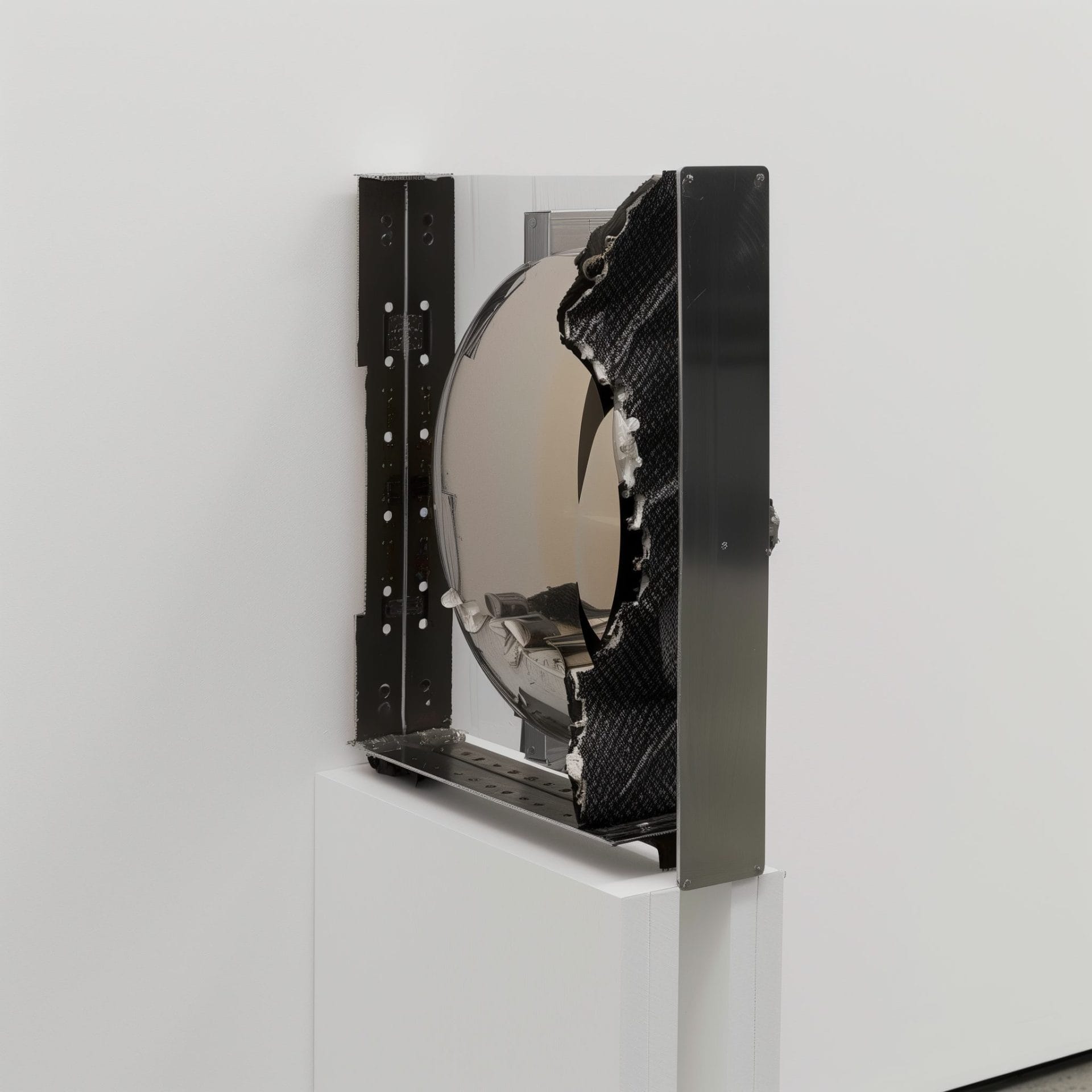
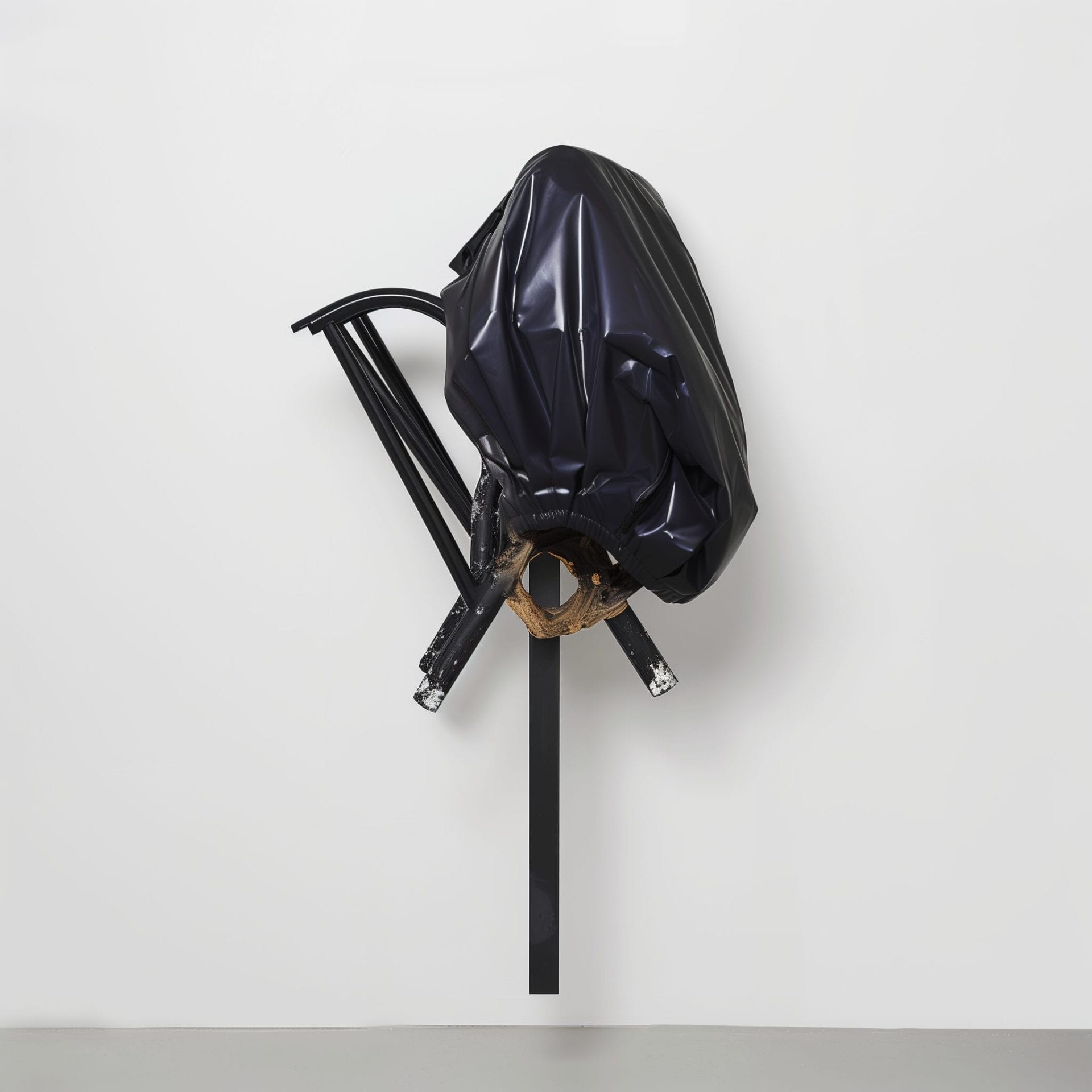

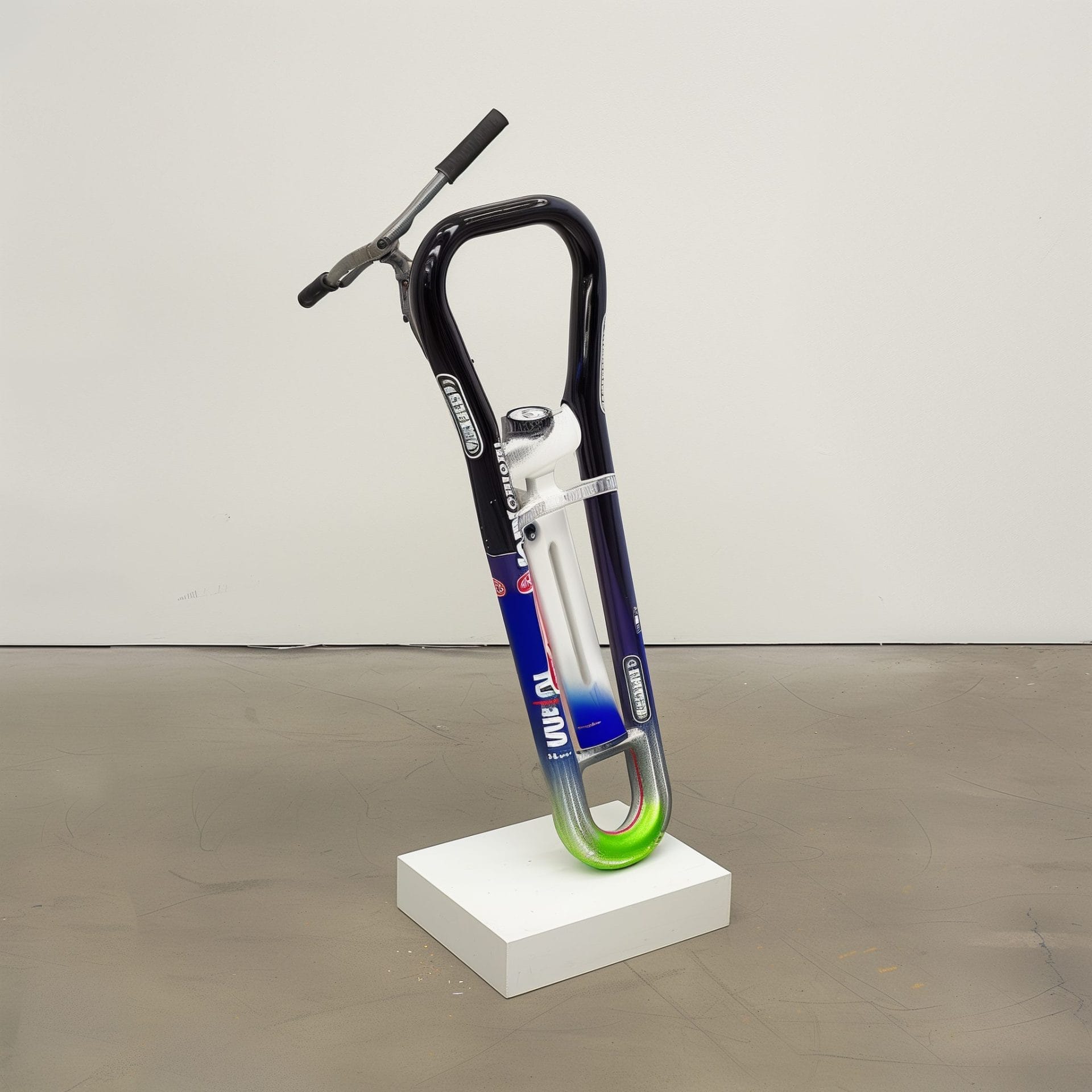


fakewhale
Founded in 2021, Fakewhale advocates the digital art market's evolution. Viewing NFT technology as a container for art, and leveraging the expansive scope of digital culture, Fakewhale strives to shape a new ecosystem in which art and technology become the starting point, rather than the final destination.
You may also like
Fakewhale in Dialogue with NONOTAK Studio
Over the past decade, NONOTAK Studio has redefined the relationship between light, sound, and space,
Still Making Art Volume Seven, Curated by Aaron McLaughlin at Arti et Amicitiae, Amsterdam
Still Making Art Volume Seven at Arti et Amicitiae, Amsterdam, curated by Aaron McLaughlin, is a mul
Georg Dahled, Sofiia Yesakova, Vanitous Spectre at Nymphenburg Palace, Iron House, Munich
Vanitous Spectre by Georg Dahled and Sofiia Yesakova at Nymphenburg Palace, Iron House, Munich, 12/0

